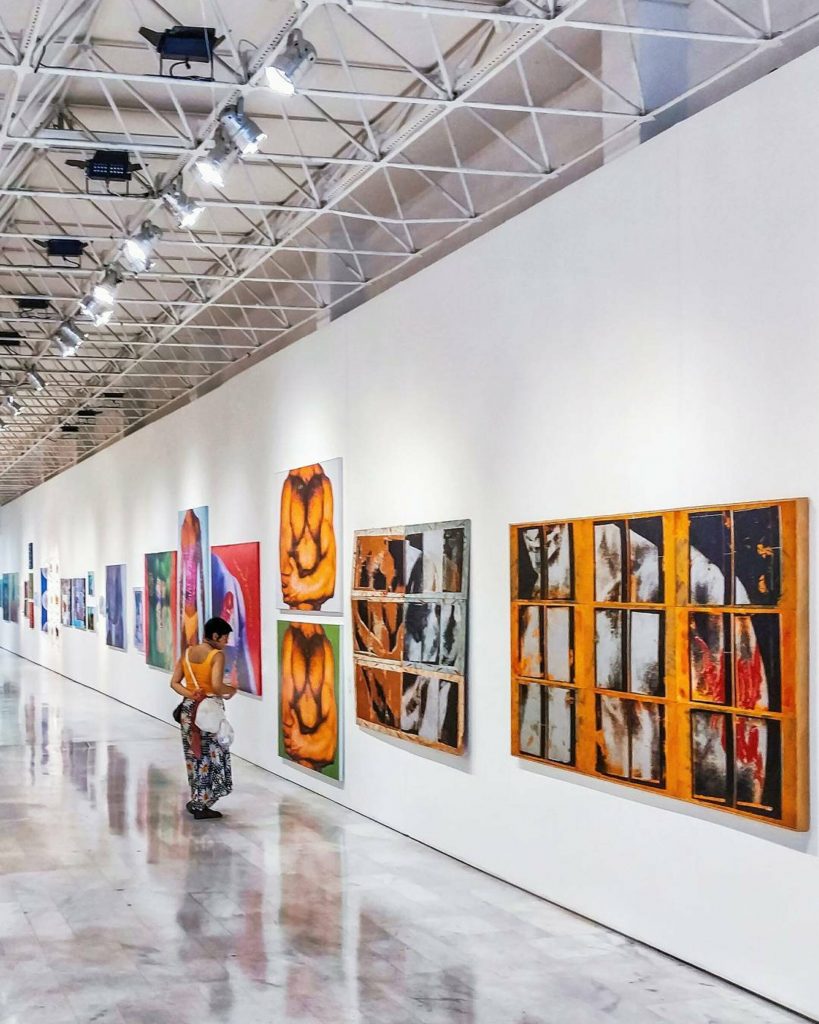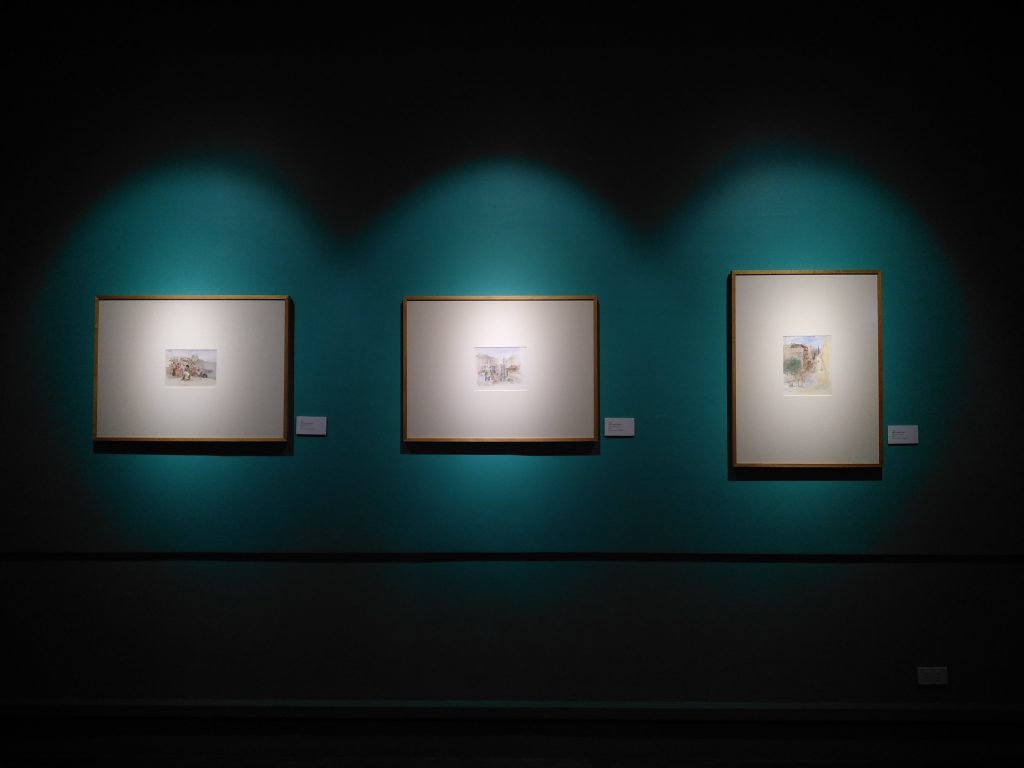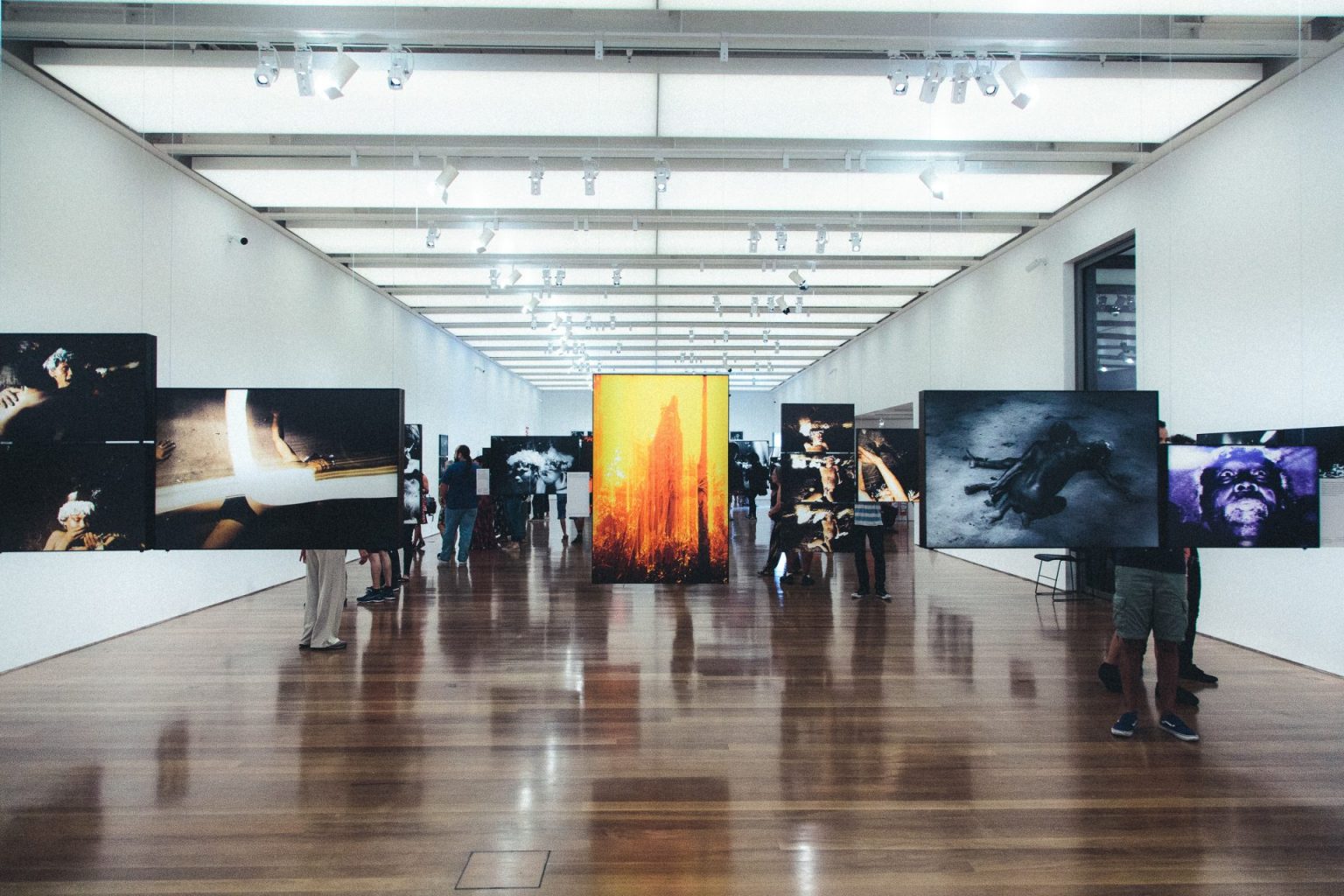Art is universal, and there is no single formula that you can apply to the arts. Art flows freely from beautiful minds to canvases and symphonies. The vast and versatile nature of art is a manifestation of the artist’s personality. Since art is universal and there is no one way to compile an art collection, some ground rules can help you manage an art exhibition as a pro efficiently.
There are two scenarios that you might be dealing with, either exhibiting your own work or showcasing the work of other artists. In both strategies managing and executing an art exhibition is quite a surreal and enriching endeavor. Although managing an art exhibit can be a real challenge.
Since art exhibitions are an important part of an artist’s career, professionally managing them requires a comprehensive plan. One can break down the process in the following steps.
- Accumulating artworks to display
- Choosing a theme
- Onboarding a gallery
- Marketing your event
- Displaying the artwork in the gallery
- Opening ceremony
- Greeting and guiding the audience
Let’s go through each step and learn how to manage an art exhibition like a pro.
Accumulating Artworks to Display
We discussed in the prologue that you are either displaying your work or the work of other artists. If you are going to display your work, then you might already have a clear vision. You know your collection and are clear about what you want the world to see.
Personal Collection
If you are planning to exhibit a personal collection, then it is essential to accumulate all the artworks to be displayed. Now you must shortlist the pieces according to the target audience and intent of the exhibition. If you are exhibiting to promote your work, then select pieces that are close to your heart. However, if you aim to make sales, choose the most sellable pieces after a discussion with the gallery manager and placing them at prominent positions in the gallery.
In any case, selecting the artworks that stand out is an essential step in making your exhibition a success.
Group Exhibition
The first step in planning a group exhibition is to recruit the artists or invite artists to partner with you to display their work in tandem with you and others. If you are recruiting artists to create new works, you may have more liberty to mold them to your wishes. If not, then choosing artists that resonate with your artistic concept is advisable.
You may also post a call for contributions via email and websites that are frequented by local artists. Set a date a few months out to give artisans time to finish their pieces or come up with a new idea.
Once your group is finalized, the next step is adjusting the theme and making sure that every art piece fits the theme.
Choosing a Theme
A theme is usually the first step that one decides when planning an exhibition. But we have deliberately given it a second place on our list. If you are going for a group exhibition, choose a unique theme that connects the work of all artists. Choose a collective, flexible, and cohesive theme as different artists will find different inspirations from the same concept.
Make sure recent events or key societal issues inspire that theme to make it more impactful. You can observe other exhibitions as well to get a sense of trends in your area.
Now choose the artworks that fit your theme. It goes for both personal and group exhibitions. You can include an odd piece or two but don’t go astray more than that.
Finalize your artwork by applying the finishing touches. Clean up the edges of paintings if required, and check that the canvas hasn’t sagged at spots. In short, get your pieces exhibition ready.
Onboarding a Gallery
You should be searching for a venue from the very inception of exhibiting the work. Create a timeline for your exhibition. Before approaching a gallery, begin a draft presentation with your concept and some pieces of the artwork. Some galleries are very discerning and require good proof of concept and originality. Your pitch can help you secure the ideal gallery space for the exhibition.
In an ideal cover letter, one should address:
- The aesthetic theme of the exhibition
- Space that you need to display the art
- Timeline of the exhibition, the dates that you intend to exhibit the work
- How to display the artwork, from frames to mounts, detailing everything
- Details on speeches or lectures that will be presented alongside the exhibition

Marketing Your Event
Once you have locked the dates and the venue for your exhibition, start marketing your event. If you are getting a good response, you can implement entry tickets. Social media is the best and most popular means to engage a like-minded audience. Ask influencers or popular artists to give you shootouts and make posts in the group about your event. Create event pages and invite people to attend. This will result in getting more traffic at the exhibition.

Displaying the Artwork in the Gallery
Be careful when you are displaying the artwork. Make sure each piece is easily visible and can be accessed from multiple hallways. Personally monitor the placement and incorporate feedback from the gallery manager. Give your most exquisite pieces the best center stage located in the gallery. Make sure that you have completed the preparation two days before the exhibition so that you can thoroughly review the settings and placement before going public.
Opening Ceremony
Set the tone for the visitors at the opening and explain the theme to tease the incoming public about what to expect. A good opening ceremony for an art exhibition is simple, crisp, and concise.

Greeting and Guiding the Audience
Hospitality is crucial. If possible, try to meet the guests personally and talk to them about the art. Offer refreshments if the gallery allows it, and if the artworks are protected. Play thematic music to compliment the art. Make sure employees are able to guide and assist guests if they want to find something or need help understanding the artwork.
These tips can help you manage your exhibition like a pro and make your exhibition a good experience for both you and the visitors.
Author Bio: Halian Ronaldo is a content writer at ResumeCroc who has written hundreds of articles to assist students’ career life. He is managing a growing team of writers who love to help students with their academics. As for his hobbies, he likes to read articles, newspapers, and magazines to keep himself updated.


